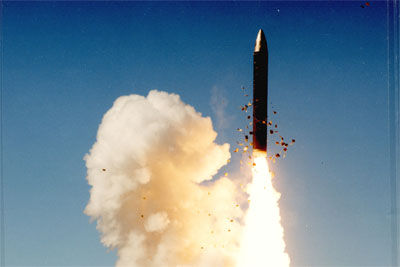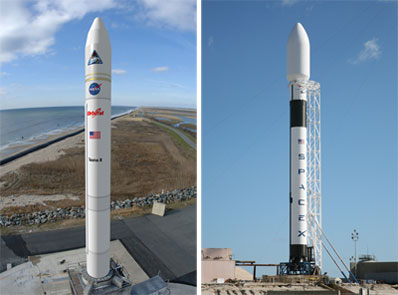 Almaz Spacecraft: Turning guns into space tourism, courtesy of a retrofitted Soviet-era military spacecraft. Excalibur Almaz
Almaz Spacecraft: Turning guns into space tourism, courtesy of a retrofitted Soviet-era military spacecraft. Excalibur Almaz From Popular Science:
Space tourists with deep pockets and dreams of recapturing Cold War nostalgia need look no further than Excalibur Almaz. The new company is asking $35 million for a weeklong stay aboard a Soviet-era military spacecraft.
Excalibur's purchase of the Russian military-surplus "Almaz" reentry capsules turned heads in August. But the latest announcement firmly sets Excalibur up as a competitor with Space Adventures, the only private outfit that currently offers rides into orbit aboard the three-man Russian Soyuz spacecraft.
Read more ....

















